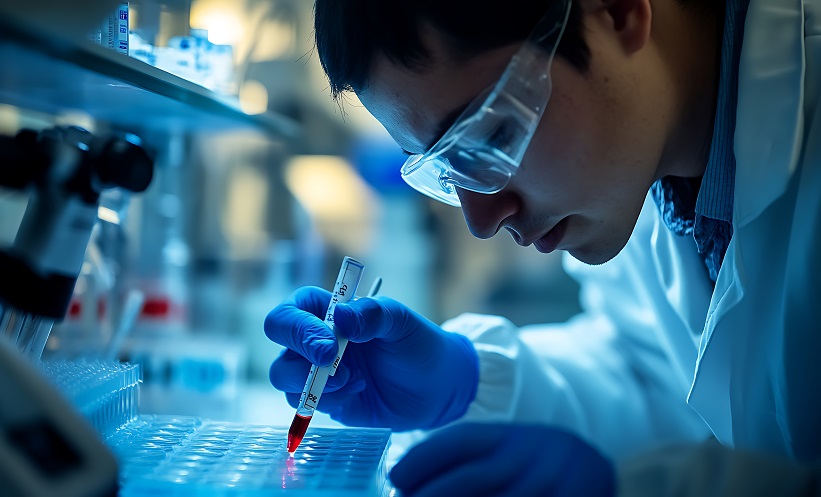A new study shows that patients receiving stem cell transplants from HLA-mismatched unrelated donors (MMUDs) can achieve strong survival outcomes with post-transplant cyclophosphamide (PTCy)-based graft-versus-host disease (GVHD) prevention.
Allogeneic hematopoietic stem cell transplantation (HSCT) is a curative option for advanced blood cancers. Historically, transplants using HLA-mismatched donors have had worse outcomes. This has especially affected patients from underrepresented racial and ethnic groups, who are less likely to find fully matched donors.
In this phase II, multicentre study, 145 adults underwent HSCT using peripheral blood stem cells (PBSCs) from MMUDs. Patients received either myeloablative (MAC) or reduced-intensity/nonmyeloablative (RIC/NMA) conditioning, followed by GVHD prophylaxis with PTCy, tacrolimus, and mycophenolate mofetil.
At one year, overall survival was 83.8% for MAC (95% CI, 73.1% to 90.4%) and 78.6% for RIC/NMA recipients (95% CI, 67% to 86.5%). Incidences of grades III to IV acute GVHD at 6 months were 8% (95% CI, 3.2 to 15.6) for MAC and 10% (95% CI, 4.4 to 18.4) for RIC/NMA. Moderate to severe chronic GVHD at one year was 10.3% for MAC (95% CI, 4.4 to 18.9) and 8.6% (95% CI, 3.5 to 16.6) for RIC/NMA.
Importantly, 32% of patients had donors with fewer than seven of eight HLA matches, but survival remained similar to those with better-matched donors.
These results show that PTCy-based GVHD prevention can overcome historical challenges of mismatched transplants, making donor options more accessible and outcomes more equitable for diverse patient populations.
Helena Bradbury, EMJ
Reference
Al Malki MM et al. Post-transplant cyclophosphamide-based graft-versus-host disease prophylaxis after mismatched unrelated donor peripheral blood stem cell transplantation. J Clin Oncol. 2025:JCO2500856.







